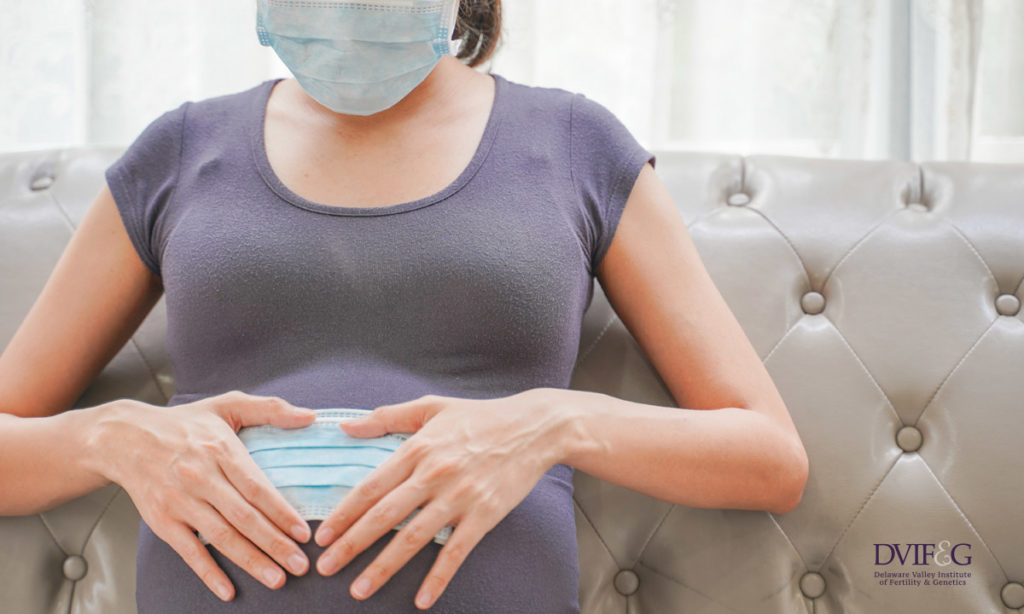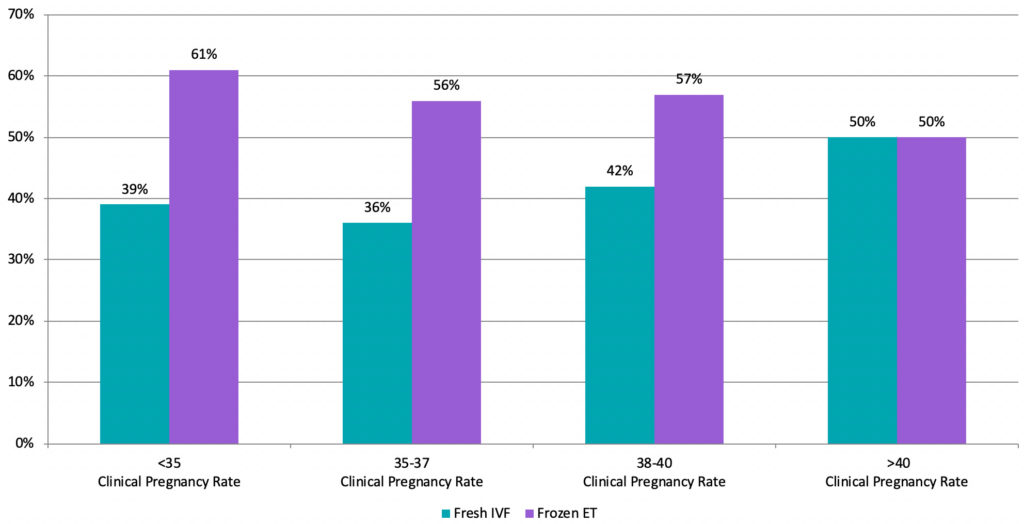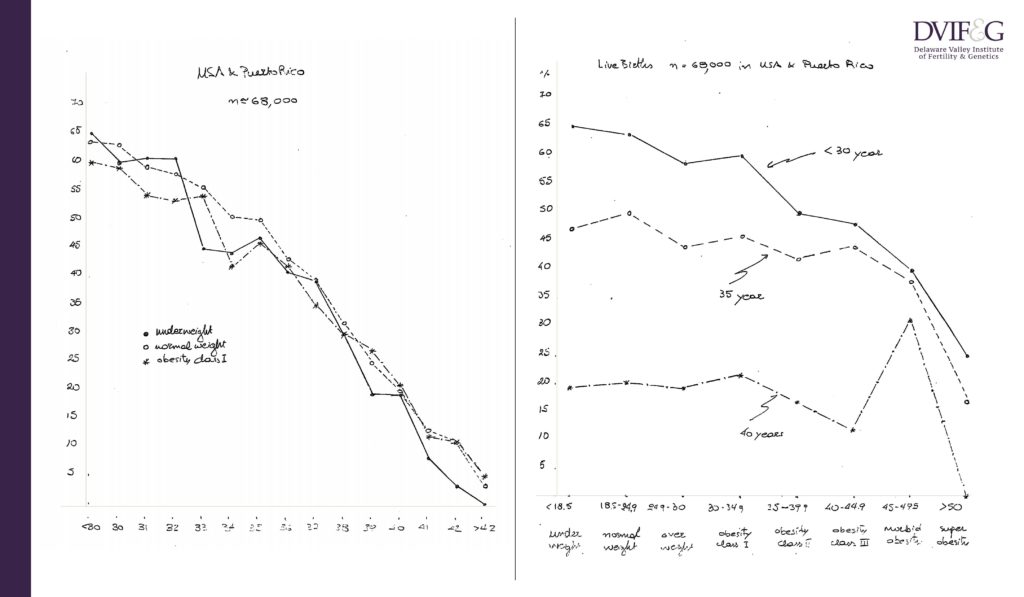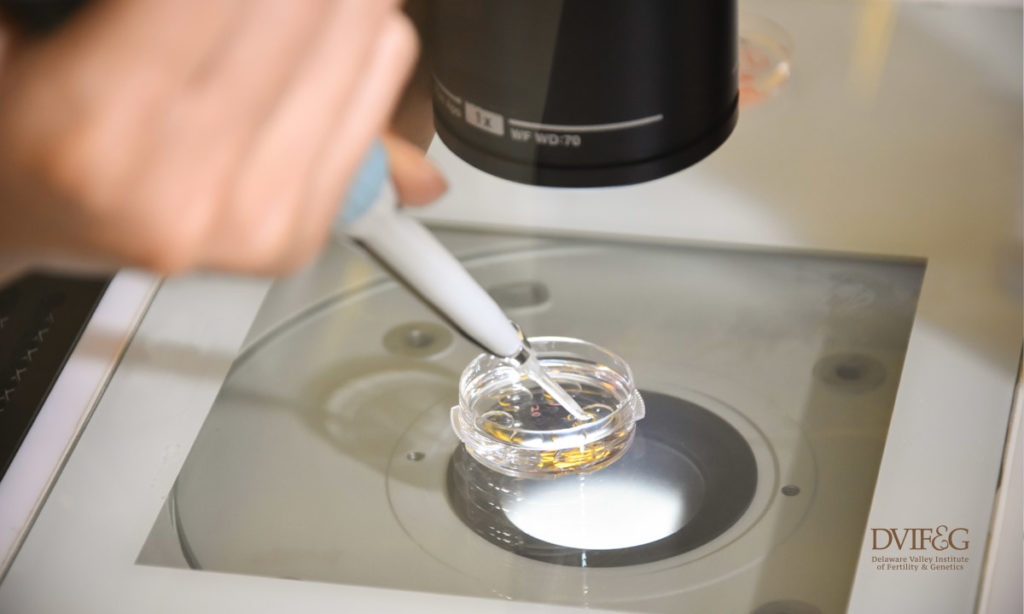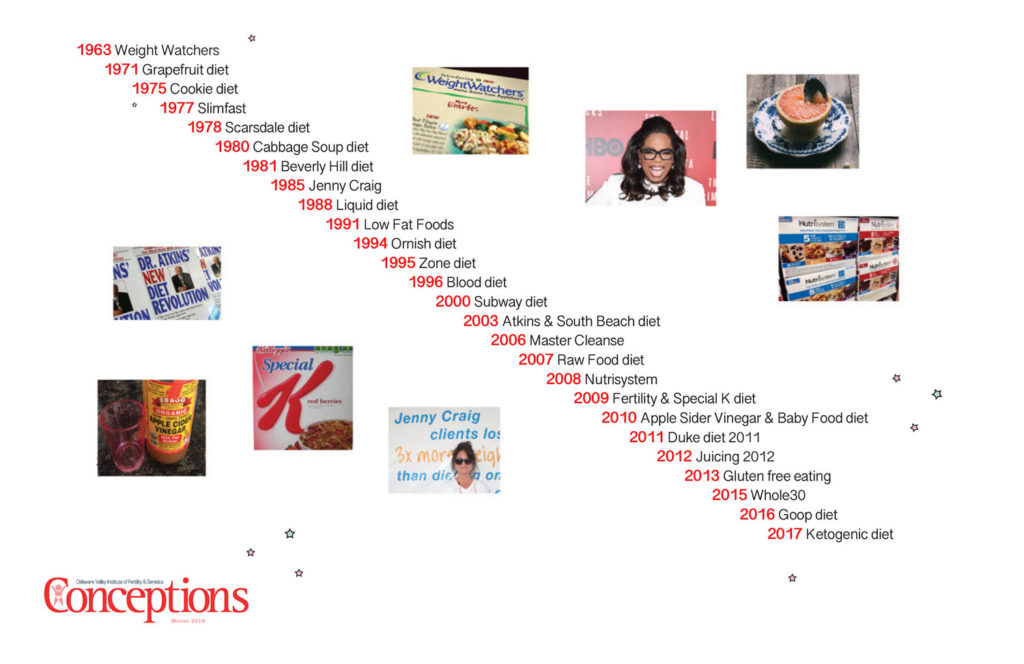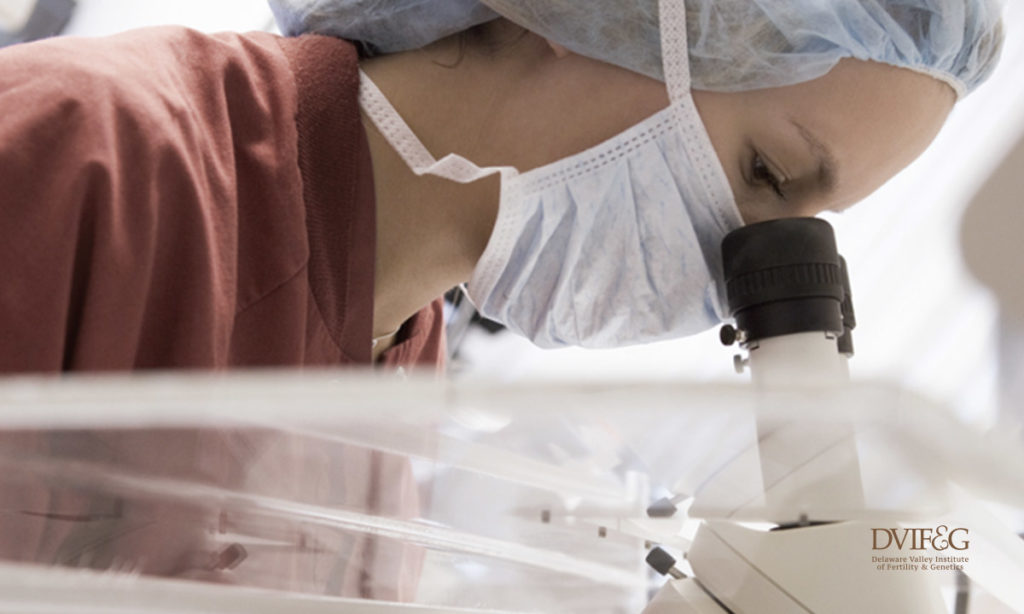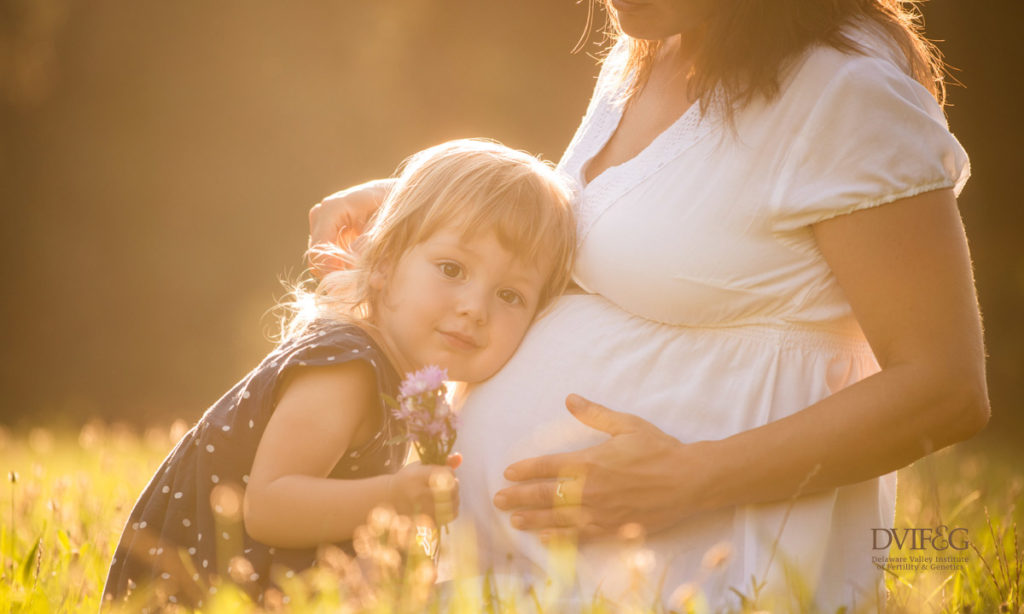COVID-19 has stall all activities and treatments in the fertility world
The Covid 19 has stall all activities and treatments in the fertility world. The fears are generated from concerns of the viral impact to the unborn and the mother. Not much information is available, nonetheless the existing and progressively accumulating information is rather encouraging. If this trend continues, it is conceivable that in the near […]
